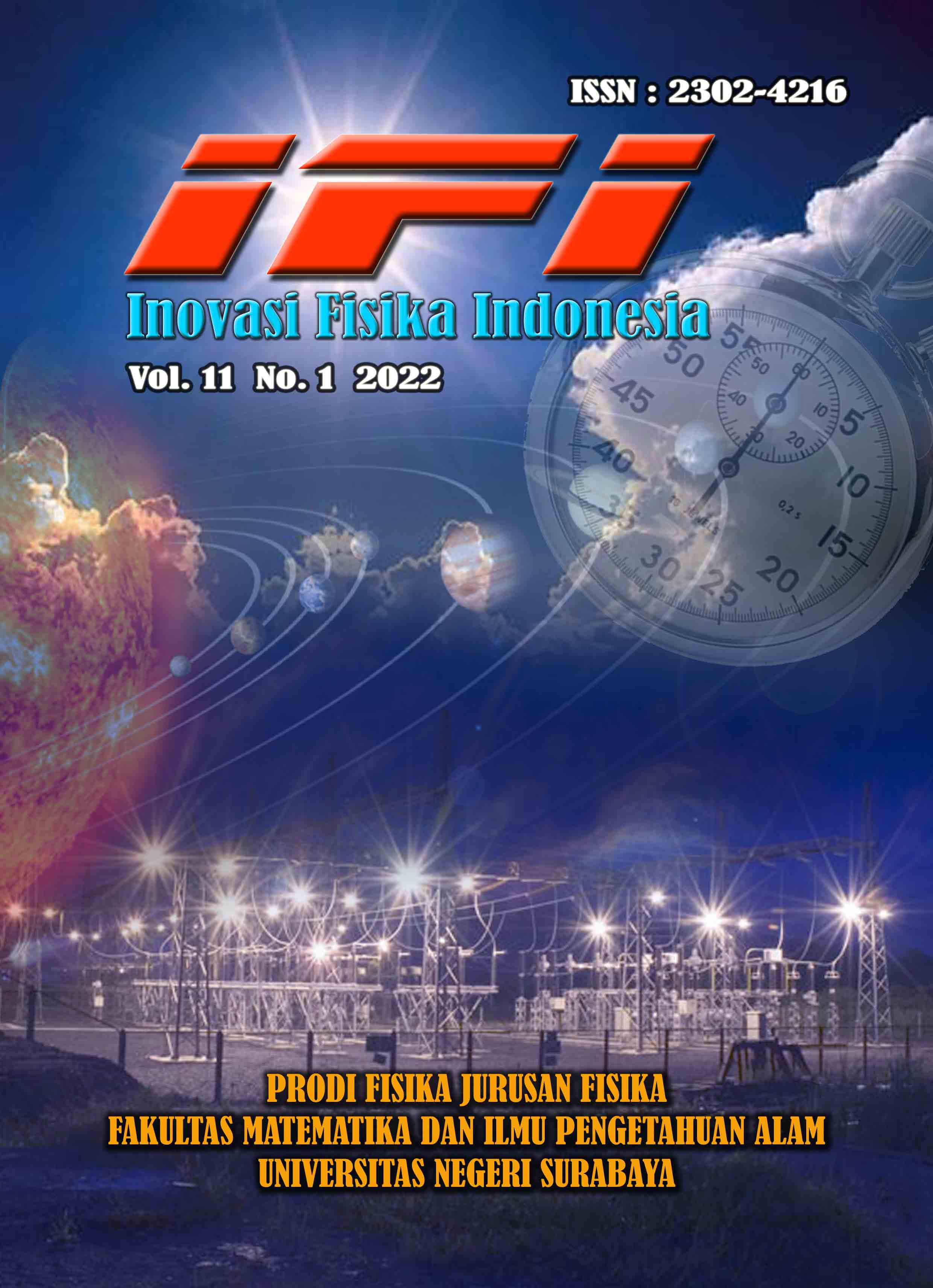ANALISIS DINAMIKA RUPTURE GEMPABUMI PADA 5 AGUSTUS 2018 DI LOMBOK UTARA Mw 6,9 MENGGUNAKAN METODE MUSICBP
Keywords : Parameter rupture, back projection, teleseismic, Flores fault.
DOI:
https://doi.org/10.26740/ifi.v10n3.p33-38Downloads
Download data is not yet available.

Downloads
Published
2021-12-10
How to Cite
Sari, S. O., & ., M. (2021). ANALISIS DINAMIKA RUPTURE GEMPABUMI PADA 5 AGUSTUS 2018 DI LOMBOK UTARA Mw 6,9 MENGGUNAKAN METODE MUSICBP: Keywords : Parameter rupture, back projection, teleseismic, Flores fault. Inovasi Fisika Indonesia, 10(3), 33–38. https://doi.org/10.26740/ifi.v10n3.p33-38
Issue
Section
Fisika Kebumian
 Abstract views: 186
,
Abstract views: 186
, PDF Downloads: 277
PDF Downloads: 277







1.png)
